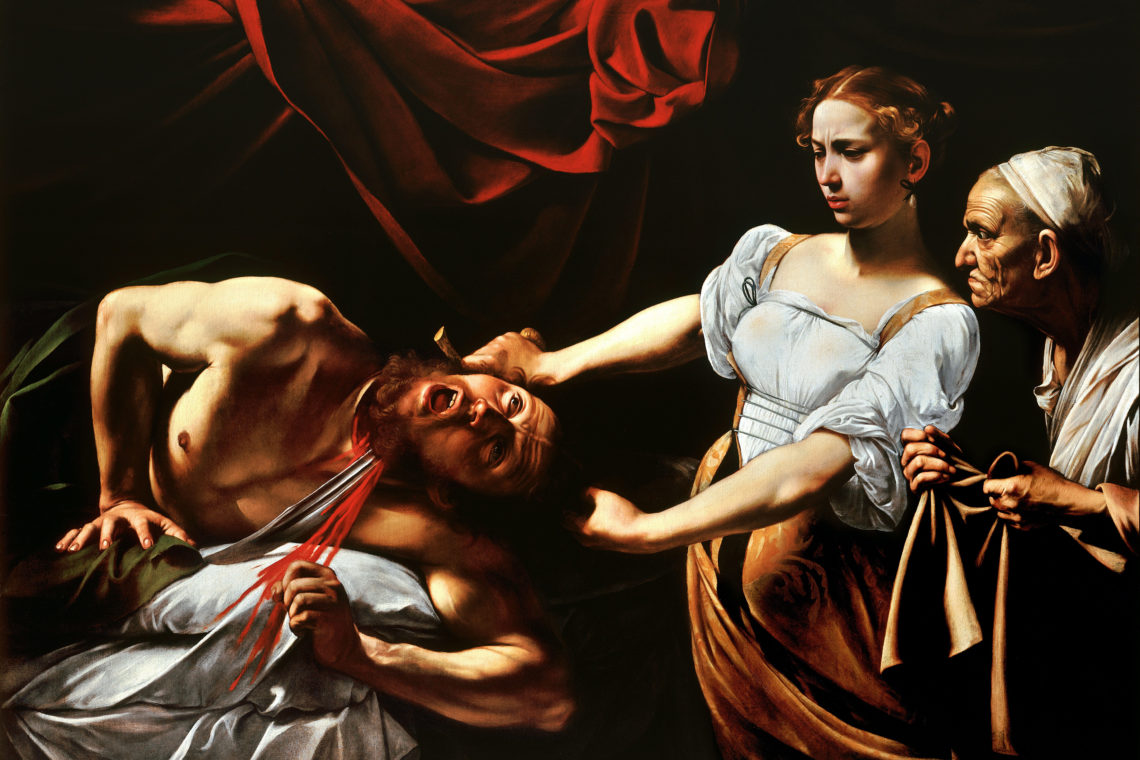In the 1980s and ‘90s, when I lived in Marrakech, the headscarf was a simple affair. In Gueliz, the New Town, few women wore either a headscarf or a djellaba—an ankle-length hooded robe. In the Medina, or the old town, where a more traditional lifestyle was practiced, most women still wore a djellaba and a loosely-tied headscarf; only a few wore the hijab. In the countryside, the Berber women wore colorful skirts and headscarves while weeding the fields.
In 1997, I returned home to the States but continue to pop back to Morocco for my yearly nostalgic pilgrimage. I’ve just been on one of these trips and was surprised, alarmed even, to see how many more women are now wearing headscarves, most noticeably in the modern cities of Casablanca and Rabat. Not older women, but young ones; the same age group as the young women who had so exuberantly discarded them a decade before. And instead of scarves tied under the chin, they have now adopted the hijab, which is swathed closely around the head in the stricter Middle Eastern way. Although they are made of colorful fabrics with pretty clips at the back, what most struck me was the blatant dichotomy between the hijab and their other clothes. While a few women wear it with a subdued djellaba, and others with their everyday modern suits, skirts and coats, a startling number of young Moroccan women combine the hijab with figure-revealing blue or black jeans, elaborate glittering belts, modern sexy tops and designer sunglasses. Equally striking is the glossy-magazine-style make-up, heavy on the lipstick and black kohl eye-liner.
I was reminded of how, at fourteen, after a short-lived religious phase during which I sat in church alone pondering if I should become a nun, my friends and I all began to focus desperately on our looks, much to the alarm of our parents. Taking movie stars as our role models, we began to wear make-up and high heels, and when American actresses Grace Kelly and Audrey Hepburn copied our British Queen Elizabeth and wore silk headscarves tied under the chin, we copied them. Soon after, French actresses Brigitte Bardot and Catherine Deneuve tied the ends of their headscarves at the back of their neck, and we copied that too. Not one of us knew anything about the Muslim headscarf. In imitating movie stars we were searching for our identity, and trying to be noticed as the stars were. Fashion for all women is one of the keys to their identity, bound to their desire to be independent and sexual human beings. It’s not surprising then that at the same time as they express their adherence to Islam, young Moroccan women want to hold on to the freedoms they have so recently acquired. After all, the desire to be attractive is natural to young women the world over.
Today, in a global world of mixed cultures, identity is shifting, ever harder to come by. Where do we belong? Who are we? What do we believe? Whether it’s the Muslim woman’s hijab, or the African woman’s tribal headscarf, or the Jewish woman’s wig or hat, or even the Catholic’s lacy black veil, they all represent the desire to be seen to belong as much as to be religious. For Muslim women, the hijab, worn for centuries by their forbears, is an essential part of their identity. Given that it is a symbol of modesty and sexual purity, and body-revealing clothes the hijab’s opposite, the alarm I had at first felt was quickly followed by empathy. With the Western and Islamic worlds looking on, criticizing in turn the wearing and non-wearing of the hijab, I realized that their discordant display of faith and fashion echoed my own less intense struggle of good girl versus bad girl, and made me understand how split in two these young women must feel in defending both their religion and identity.





Comments are moderated by the editor and may not appear on this discussion until they have been reviewed and deemed appropriate for posting. All information collected is handled in a manner consistent with our privacy policy.